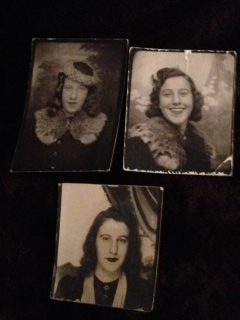Tonight is the first night of Passover; the annual holiday in the Jewish religion that commemorates the Exodus from Egypt. Most who are reading this may be familiar with the Hollywood-ized version in the movie The Ten Commandments or those who are knowledgeable about the life of Jesus, are aware that the Last Supper was a Passover seder. The word ‘seder’ in Hebrew means ‘order’; because the service is done in a linear fashion. Tonight and tomorrow night, people will gather around tables long and circular to tell the tale of the enslavement and freeing of the Jewish people who were forced to toil in service to the Pharoah and build structures to his glory.
In my childhood home, the week or so prior to the Big Day brought with it the family tradition of changing the dishes and removing chametz which according to the website www.chabad.org is “Any flour of the five species of grain, which is mixed with water and allowed to ferment before being baked, comes under the definition of chametz according to the Torah. The five species of grain are wheat, spelt, oats, barley, and rye.” My father would haul down the ‘good china’ that we used only at Passover because it had not been exposed to food that wasn’t considered kosher for Passover and we we would wash it and place it ever so carefully on the dining room table at which family and friends of all religious persuasions would gather for the ritual meal. The kitchen cabinets and fridge would be emptied of items that didn’t fit into the acceptable category and given to our next door neighbors. In their place would be all of the fixings for meals for the next eight days. Matzah ball soup was one of my favorite annual delicacies and my mother and uncle would argue whether they should be light and fluffy (her preference) or stick to your ribs heavy (his preference). One of my dearest memories about culinary delights for this particular holiday was my father’s speciality…fried matzah. Think french toast made with matzah instead of bread. He would whip up batches while singing along at the stove and keeping up a patter with us as we helped. I can still smell the delicious aroma and I can feel the experience in my heart.
Another dad recollection was the way in which he led the service around the table with the Maxwell House haggadah as the guide book. He did what I referred to as ‘speed seder’ which flew in the face of the lengthier version that more traditional families (and likely a reaction to what may have been the case in the Orthodox home of his upbringing) do. I’m sure everyone was relieved. In the service there is a component called The Four Questions that lead into the re-telling of the story. Although it seems like an inside joke, most Jews know that the REAL Four Questions are “When do we eat? When do we eat? When do we eat? AND When do we eat?”
www.nytimes.com/2011/04/09/nyregion/09haggadah.html the story of the revision of the tried and true icon.
http://youtu.be/E_RmVJLfRoM Dayenu-Coming Home by The Fountainheads


